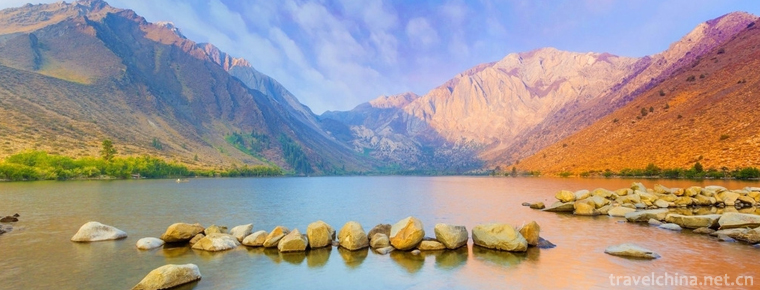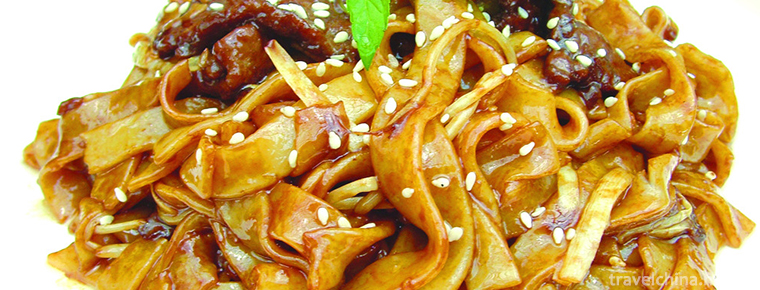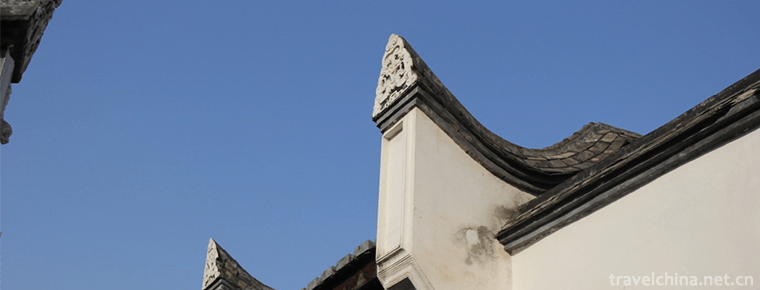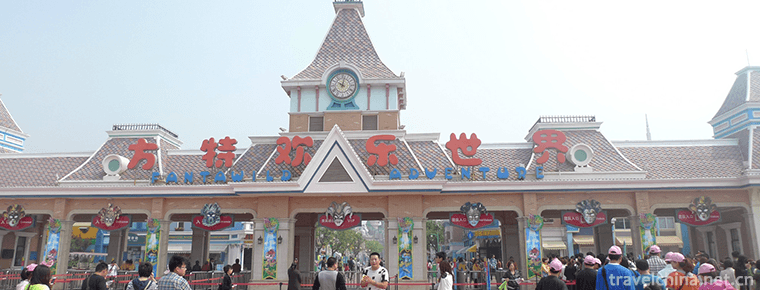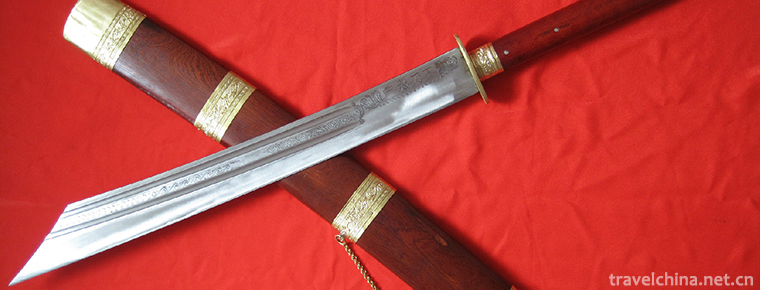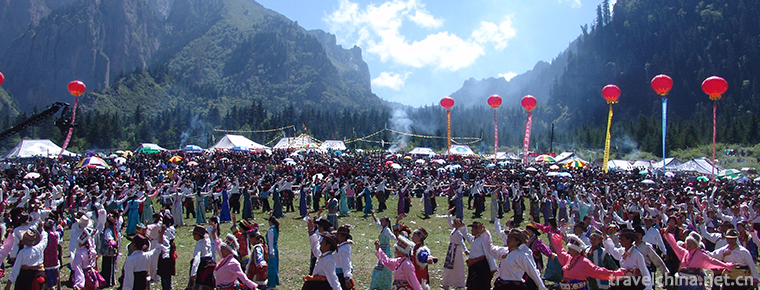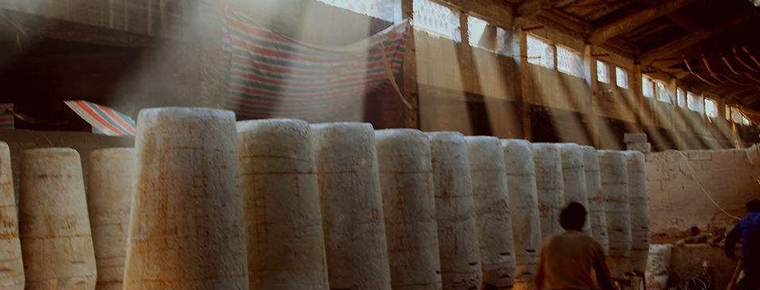Abakh Hoja Tomb
Abakh Hoja Tomb
Xiangfei Tomb is located in Haohan Village, 5 km east suburb of Kashgar City. It is a key cultural relic protection unit in the autonomous region. This is a typical Islamic complex of ancient buildings, but also the mausoleum of Islamic saints, covering 2 hectares. It is said that 72 people of the same family were buried in the tomb (actually 58 tombs of the same size). The first generation was Yusuf Hoga, a famous Islamic missionary. After his death, his eldest son, Apakhoga, inherited his father's missionary career and became a famous master of Kashgar Islam "Yizen School" in the late Ming and early Qing Dynasties, and once seized the power of the Yerkang Dynasty. He died in 1693 and was buried here. Because his fame surpassed his father's, the tomb was later called "The Tomb of Apakhoga". Legend has it that among the descendants of Huojia buried here, there is a woman named Ipal Khan, the concubine of Emperor Qianlong, who is called "Xiangfei" because she has a common fragrance of sand dates on her body. After her death, her sister-in-law Su Dexiang escorted her body back to Kashgar and buried it in the tomb of Apahoga. Therefore, people call this tomb the Tomb of Xiangfei. However, according to textual research, Xiangfei was not buried here. Her exact burial place was Yufei Garden in Qingdong Tomb of Zunhua, Hebei Province.
Origin
The origin of the name "Xiangfei Tomb" originated from folklore. The incense princess is named "Mure". Aizim has a special fragrance since her childhood. She is called "Iparhan" (Xiangmei). She was chosen as a concubine by the Qing emperor and named "Xiangfei". Because she refused to accept the water and soil diseases in the capital, 124 people carried coffins and returned home for three years. She was buried in the tomb of Apakhoga. There are still camel sedan chairs in the main tomb, which are said to have been brought from Beijing when the corpse was transported. This legend has been widely circulated, expressing the good wishes of the people and Han nationalities to unite and love each other since ancient times. In fact, "Xiangfei" has its own people, and the Polonian brothers who launched the "Great and Small Huojia Rebellion" are cousins and grandnieces of Apakhoga.
Traffic information
Take Bus No. 20 to Xiangfei Cemetery Station.
geographical position
The whole cemetery of the Abkhoka Tomb is a group of magnificent and exquisite ancient buildings, 29 meters in height, with a huge brick column Half-embedded in the wall at each corner and a delicate cylindrical "Bunker Tower" on the top of each column, each with an iron column group on the top, consisting of five parts: the gate tower, the big and small Chapel temple, the church and the main tomb. The main tomb is a tall rectangular vault building, 26 meters high, 35 meters long at the bottom, deep, holding a crescent. The top of the main tomb is round, with a diameter of 17 meters and no beams and columns. The outer walls and roofs of the main tomb are all covered with green glazed tiles. The yellow or blue tiles with patterns are extraordinarily magnificent and solemn. The mausoleum hall is tall and spacious, with mounds arranged on the platform. The mounds are made of white orchid glazed bricks, which are crystal and clear. In the western part of the cemetery, the Great Chapel Monastery is called "Aiti armor". During the festival, it is used for worship by believers. The Chapel Temple and the Gateway are a group of outermost buildings with exquisite paintings and brick carvings. Outside the temple there is a pool of clear water, trees towering, quiet and pleasant.
Apahoga Tomb and Xiangfei Tomb are located in Haohan Village, 5 kilometers east of Kashgar City. They are typical Islamic ancient buildings. The mausoleum was built around 1640. It is said that 72 people of the same family were buried in the tomb. It was named after Abahoga, a famous Islamic "Yichan" master in Kashgar in the late Ming and early Qing Dynasties. Apahoga, the second generation of the tomb, once won the hereditary regime of the Yerqiang Dynasty, and became the leader of the 17th century "Yizen" Islam, far more famous than the father of its great religious masters.
structure
The Tomb of Xiangfei is like a magnificent palace, 40 meters high. It consists of five parts: the gate building, the chapel temple, the chapel temple, the church hall and the main tomb room. On the dome-shaped dome, there is a exquisite tower. At the top of the tower, there is another gilded crescent moon, shining with gold, solemn and solemn. In the large and spacious hall of the mausoleum, there are half-person-high platforms, followed by 58 mounds of 72 people of the five generations of the Xiangfei family. Xiangfei's grave is located in the northeast corner of the platform. Her name is written in Uygur and Chinese in front of the grave. The mounds are all covered with blue glass bricks and covered with various patterns of flower cloth, which not only shows respect for the dead, but also protects the mounds. On the left side of the tomb, there are two exquisite Islamic temples of different sizes. Behind the mausoleum, there is also a large tomb, the scenery is very spectacular.
Apahoga Tomb has experienced more than 300 years of baptism of storms and storms. With its indomitable spirit, it adheres to its primitive architectural style. Tourists come here either for the imperial concubines or for worship, mostly for the sake of witnessing the superb architectural technology and artistic style of Apahoga Tomb. In fact, the tomb of Xiangfei is commonly known as the mausoleum of the Apahoga family. It is a typical palace-style mausoleum building in Islamic style. The mausoleum contains 72 mausoleums covered with glass tiles of brandy orchids of the same family. The first generation was the Islamic missionaries Aki Mai and Maiti Yusuf Hoga. After his death, his eldest son, Apahoga, inherited his vessel, continued to preach, and once seized the hereditary regime of the Yerqiang Dynasty. At the peak of his power, he ruled Kashgar, Yerqiang (now Shache), Hetian, Aksu, Kuche and Turpan. He accepted the title of "world domination" and became the leader of Baishan Islam in the seventeenth century. After his death, he became the leader of Baishan Islam in the seventeenth century. Change to Apahoga Tomb. Xiangfei is the granddaughter of Apahoga.
Tomb map
The mausoleum consists of five parts, namely, the gate building, the big and small worship temple, the Teaching Hall and the main tomb chamber. The main entrance building is exquisite and gorgeous, with tall brick columns and doorwalls on both sides, and the surface is inlaid with blue-bottomed White Sulphur glazed bricks. Close to the west wall of the gate building is a small mosque with a painted ceiling in front of it and a prayer room behind it. To the west of the cemetery is a great mosque, and to the north is a domed church. In the eastern part of the cemetery, the main tomb is the main building of the whole complex. The roof of the main tomb is round, with a diameter of 17 meters. There are no beams and columns. The outside is all covered with green glazed tiles. The yellow or blue tiles with patterns are particularly magnificent and solemn. The interior of the tomb has a half-tall platform, on which dozens of mounds of different sizes are arranged neatly. The tombs are all made of glazed bricks with blue flowers on the white background, which looks clean and elegant.
Ticket Price
30 yuan
Pictures From: http://bbs.fengniao.com/forum/1881686.html






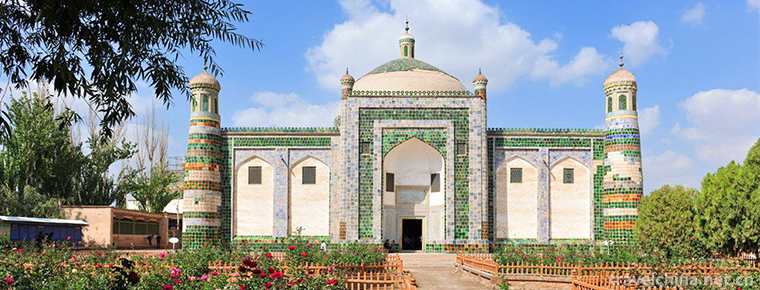
-
Shika Snow Mountain
Sheka snow mountain scenic area is located in the southwest of Jian Tang town in Shangri-La County.
Views: 187 Time 2018-10-19 -
Dry fry rice noodles with beef
Dry fried beef river is a Cantonese dish made from materials such as sprouts, river meal and beef. One of the traditional snacks in Guangdong.
Views: 292 Time 2018-11-14 -
Three Lanes and Seven Alleys
Three Lanes and Seven Alleys(Sanfang Qixiang) is a national 5A tourist attraction, which is the only remaining part of the old city of Fuzhou .
Views: 217 Time 2018-12-08 -
Mount Tai Fonters Happy World
Tai'an Fangte Happy World is located in the eastern New Area of Taishan District, Tai'an City, Shandong Province. Font's Happy World is characterized by science fiction and animation.
Views: 366 Time 2019-02-13 -
Taoyuan Xiangu Natural Scenic Area
Beijing Taoyuan Xiangu Scenic Spot is a national AAAA-level scenic spot. It is 90 kilometers away from Beijing. It starts from the West Bank of Miyun Reservoir in the East and reaches the top of Guanf.
Views: 147 Time 2019-02-13 -
The Forging Skill of Achang Husha Knife
Achang household knife forging technology, Yunnan Dehong Dai Jingpo Autonomous Prefecture Longchuan County household Sa Township traditional handicraft, one of the national intangible cultural heritag.
Views: 189 Time 2019-03-28 -
Pot dance
Guozhuang dance, also known as "Guozhuo", "Gezhuang", "Zhuo" and so on, is one of the three major Tibetan folk dances. Guozhuang Dance is distributed in Changdu and Naqu .
Views: 131 Time 2019-05-02 -
Construction Techniques of Jingdezhen Traditional Porcelain Kiln Workshop
Jingdezhen traditional porcelain kiln workshop building skills, Jiangxi Province Jingdezhen local traditional ceramic industry building and building skills, one of the national intangible cultural her.
Views: 86 Time 2019-05-08 -
Left Foot Dance of Yi Nationality
The left foot dance of the Yi people, which is called "Gouzha" in the Yi language, falls to the left foot. Dao Guangnian's Dingyuan County Chronicle says, "It's called falling on the le.
Views: 341 Time 2019-07-13 -
Beijing Institute Of Technology
Beijing Polytechnic University was born in Yan'an in 1940. It is the first university of science and engineering founded by the Communist Party of China. It has been one of the key universities in Chi.
Views: 118 Time 2019-09-06 -
Anhui University Of Science & Technology(aust)
Anhui University Of Science And Technology is located in Anhui province. Huainan City Yes. Anhui higher education revitalization program Local characteristics High level University Construction, proje.
Views: 549 Time 2019-10-10

